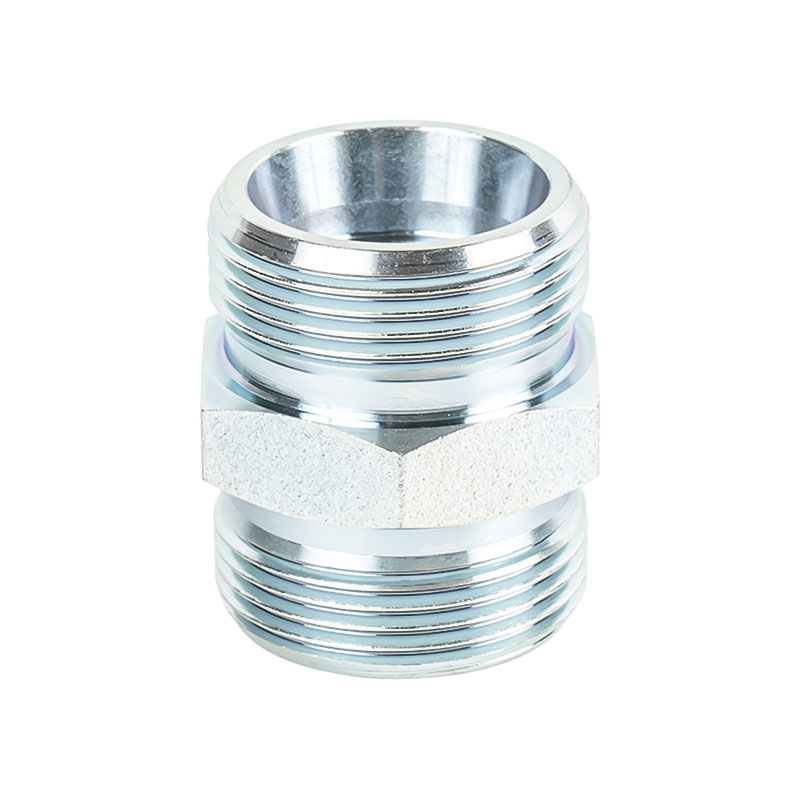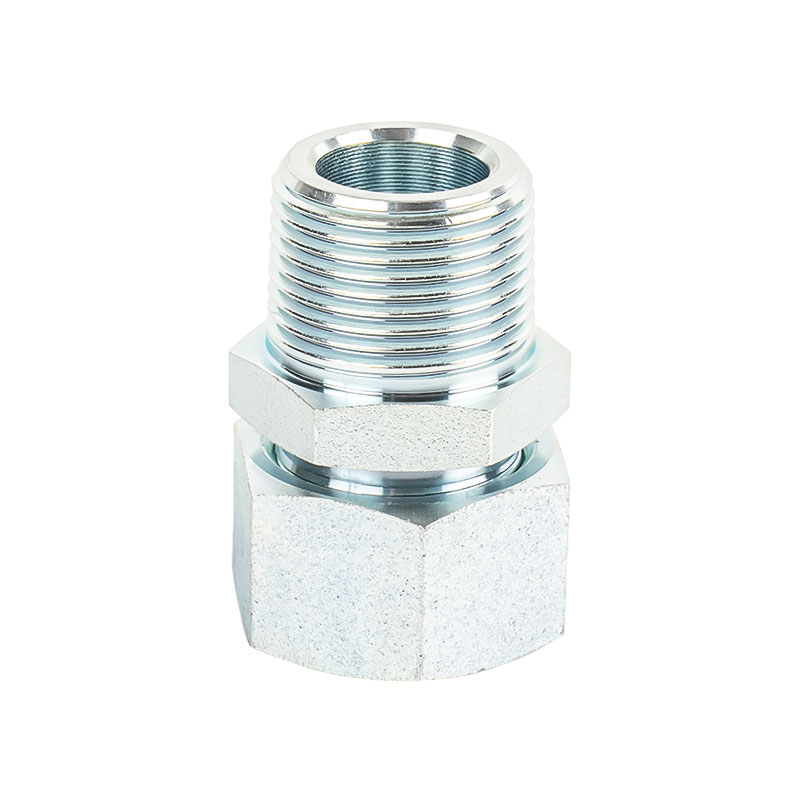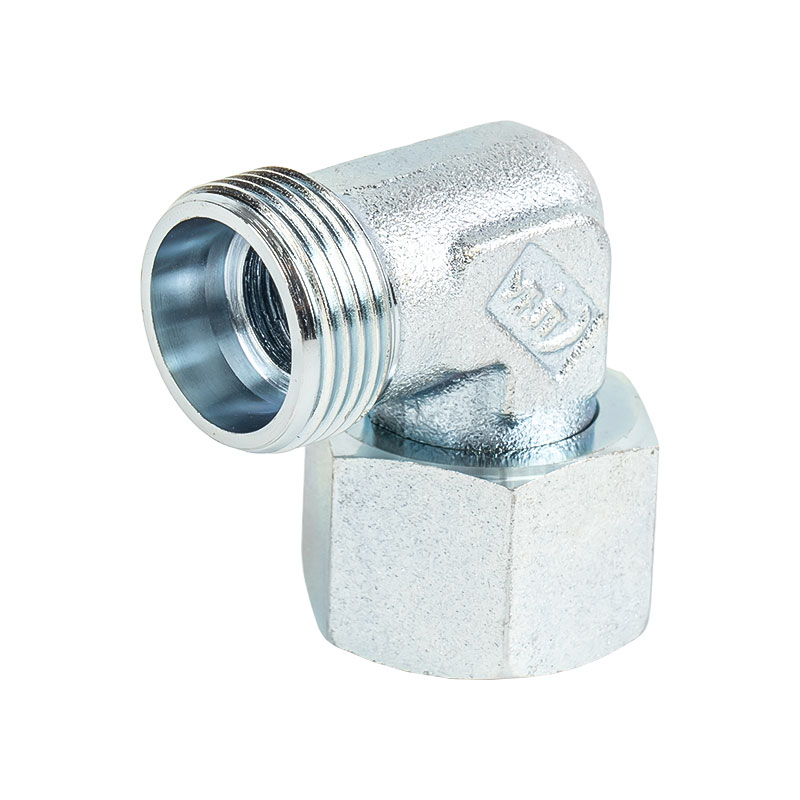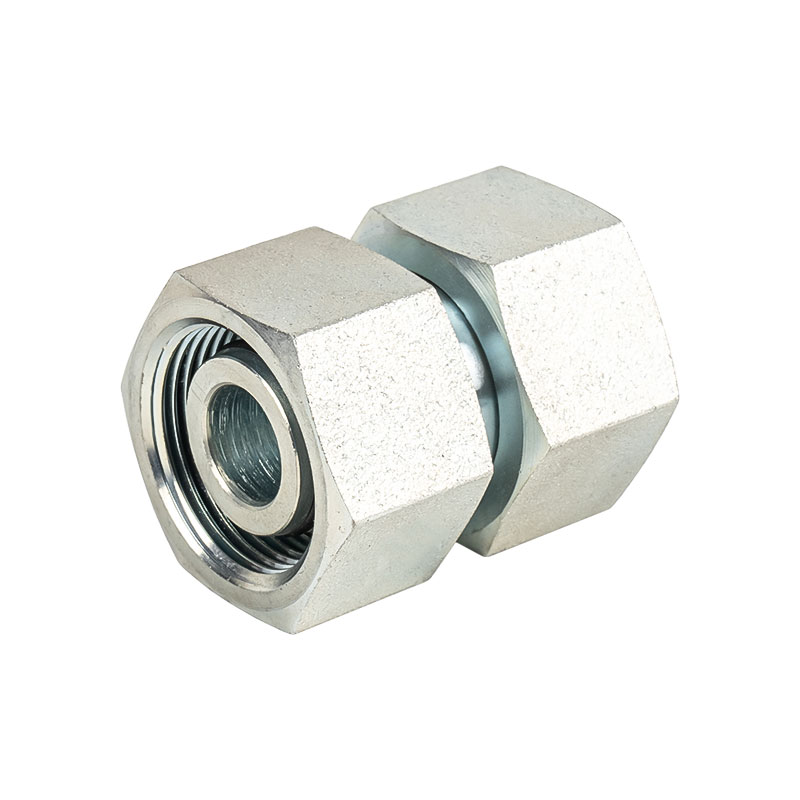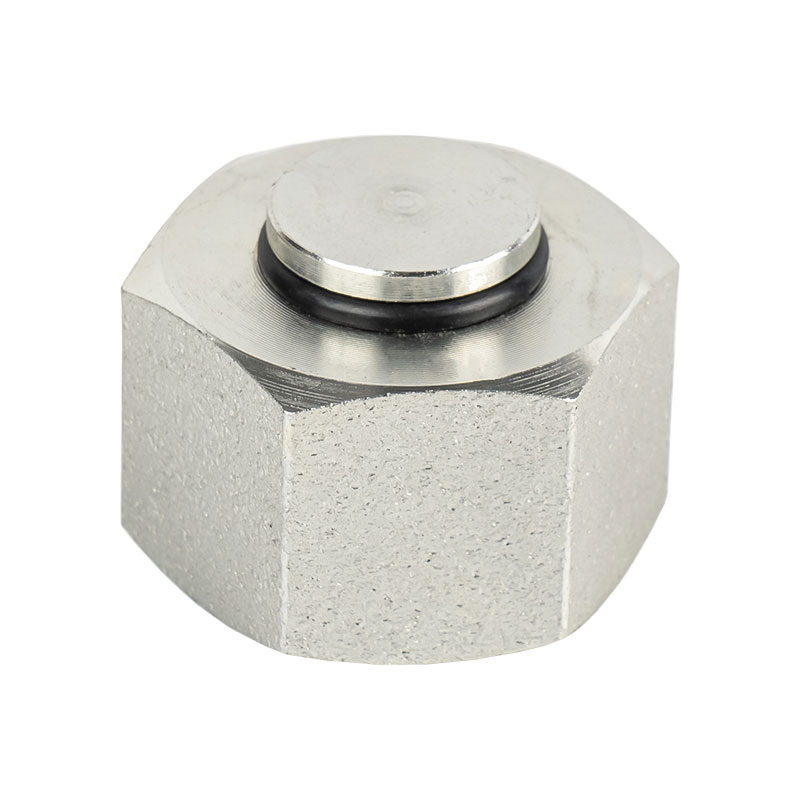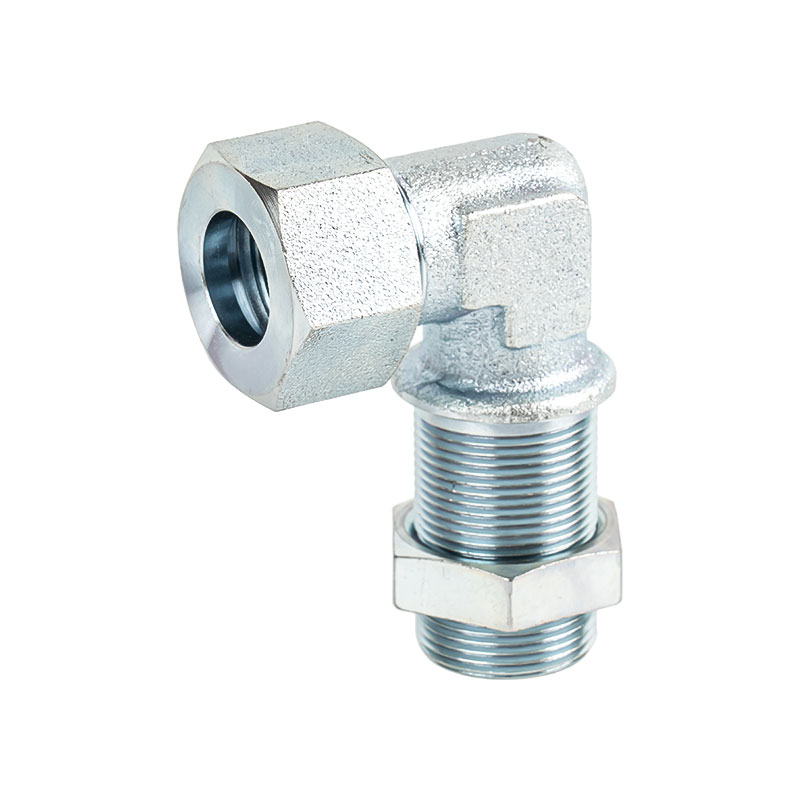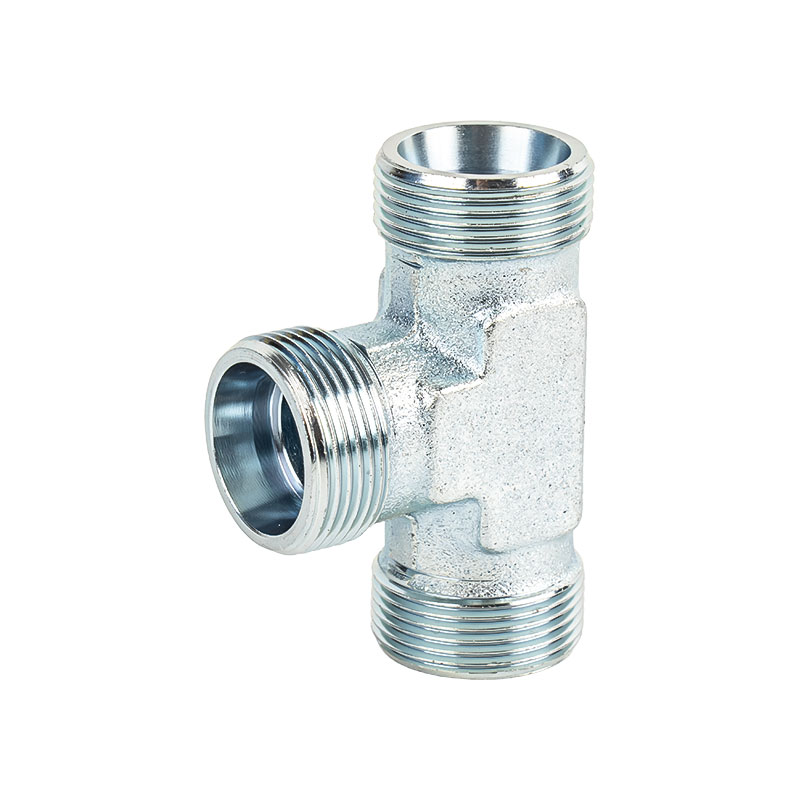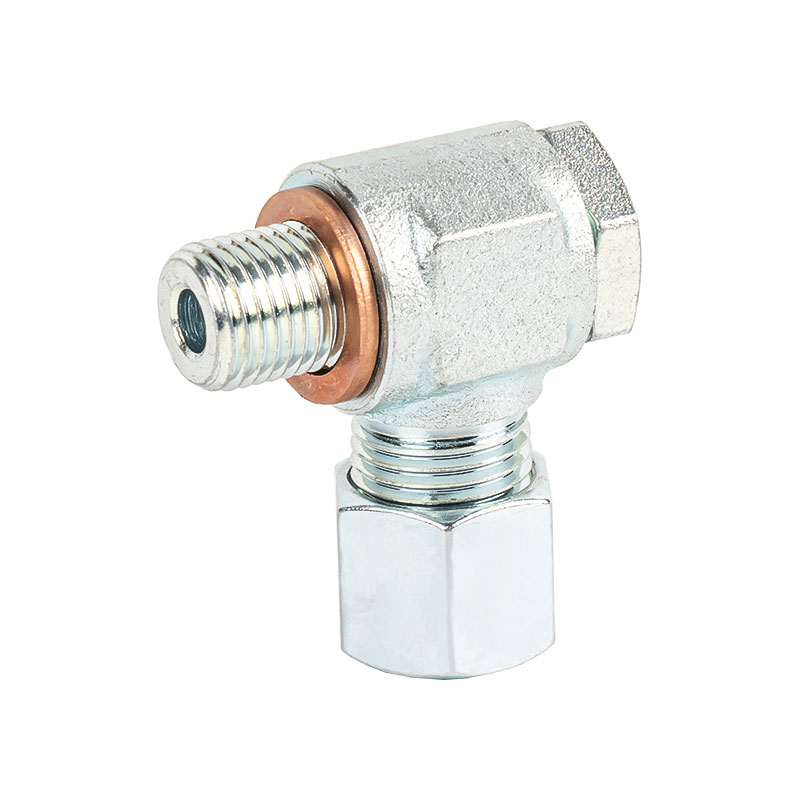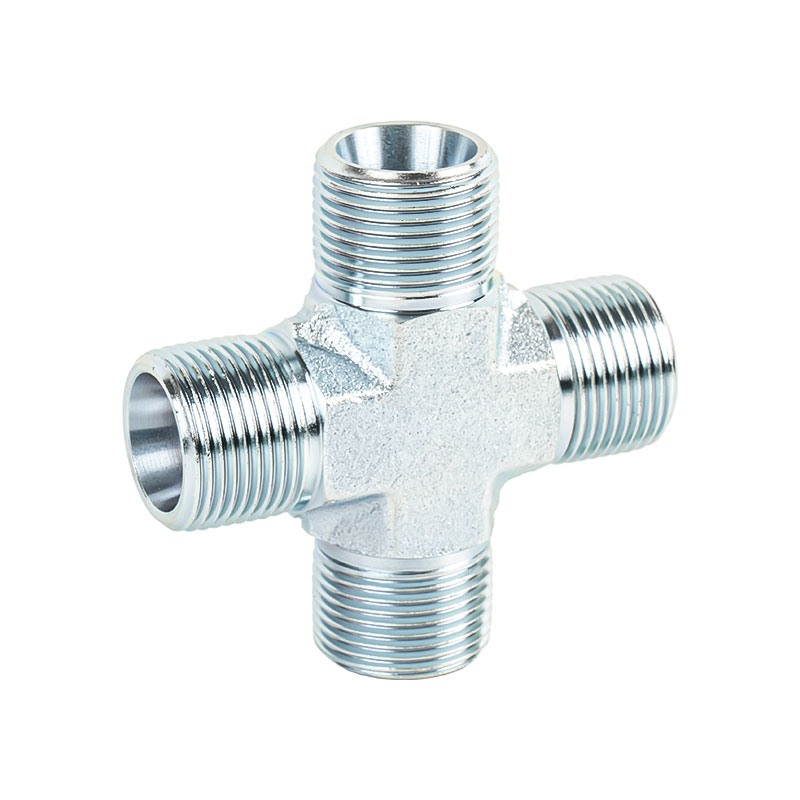In actual industrial applications, bite type tube fittings are widely used in hydraulic, pneumatic and fluid delivery systems due to their compact structure, convenient installation and wide range of applications. However, for the special working condition of repeated disassembly and assembly, whether the bite type tube fittings are easy to damage has become a key issue that users need to consider in selection and use. In order to evaluate this issue, it is necessary to analyze from multiple aspects such as structural design, material properties, assembly process and stress changes during actual operation.
The bite type tube fitting consists of a fitting body, a ferrule and a nut, among which the ferrule is a key component. The ferrule contacts the metal pipe through axial advancement to form an annular bite, thereby achieving sealing and locking. During the first assembly process, the ferrule undergoes plastic deformation and forms a firm connection with the pipe wall. This process plays a decisive role in the subsequent sealing stability. However, during multiple disassembly and assembly, if the operation is improper or the frequency is too high, the ferrule is prone to problems such as loose bite, surface scratches, indentation fatigue and even deformation, which in turn affects the sealing performance.
From the material point of view, the ferrule is usually made of metal materials such as stainless steel, copper alloy or carbon steel. Its fatigue resistance and surface hardness directly affect its anti-wear ability in repeated assembly. If the material is too soft, it is easy to lose its shape retention ability due to repeated extrusion; if the material is too hard, it may scratch or cut the connecting pipe, increasing the risk of sealing failure. The key to extending the service life of the ferrule is to select medium-hardness materials with good resilience and deformation resistance.
In terms of structural design, some high-grade ferrules adopt a two-piece structure, which respectively undertakes the locking and sealing functions, which helps to reduce the stress concentration of a single component during repeated disassembly and assembly, and delay the occurrence of fatigue damage. In addition, the cone angle, port processing quality and inner wall finish of the ferrule will also directly affect its force uniformity and sealing performance after reassembly.
The torque applied during the assembly process is also directly related to the life of the ferrule. If it is over-tightened during the first assembly, the ferrule may produce excessive plastic deformation, reducing its fit ability when it is re-installed; if the tightening force is insufficient, the bite depth is insufficient, and it is easy to loosen or leak during disassembly and assembly. Therefore, strictly following the recommended installation steps to control torque is an important means to avoid damage.
In the actual operation process, whether the threads and sealing surfaces are cleaned in time will also affect the quality of disassembly and assembly. If there are impurities or dust particles, it is easy to cause scratches during installation and weaken the sealing effect. In addition, if there is vibration or thermal expansion and contraction effect inside the pipeline, repeated action on the joint connection may also accelerate the fatigue of the ferrule, causing the nut to loosen or the sealing surface to wear.
There is indeed a potential risk of damage to the ferrule-type pipe fittings under repeated disassembly and assembly conditions, but through reasonable material selection, optimized design, standardized assembly operations, and regular inspection and maintenance, the loss process can be effectively delayed and the service life can be extended. In the application scenario of frequent disassembly and assembly, it is recommended to use a reinforced ferrule fitting with higher structural stability and assembly tolerance, supplemented by professional installation tools and standardized operating procedures to ensure long-term operation safety and sealing stability.
- Home
- About
- Products
- Adapter Fittings
- Bite Type Tube Fittings
- BSP Fittings
- JIC Fittings
- ORFS Fittings
- Metric Thread Clamp 24° Sealing Sleeve Joint
- British Pipe Thread 60° Internal Cone Sealing Joint
- Japanese British Pipe Thread 60° External Cone Sealing Joint
- American Threaded 74° External Cone Flared Sealing Joint
- American Threaded NPSM Connector
- American Threaded O-Ring Flat Seal Joint
- Metric Thread O-Ring Flat Seal Fittings
- Metric Thread 74° External Cone Flared Sealing Joint
- SAE Mining Quick Connector
- One-Way Valve
- Hose Fittings
- Adapter Fittings
- News
- Contact
Feedback

 中文简体
中文简体